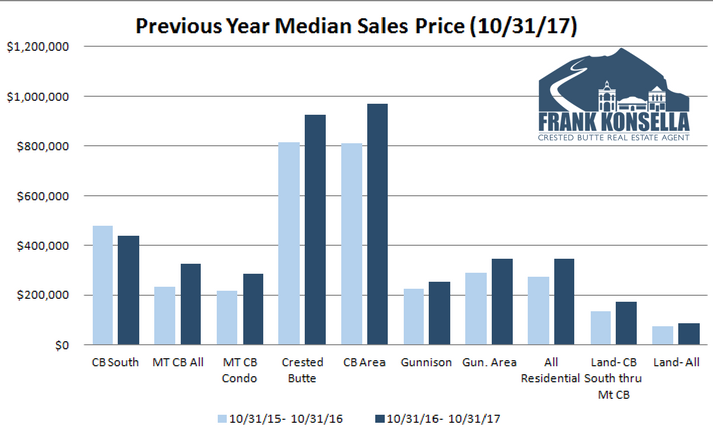Real Estate can be a great investment. In a resort area like Crested Butte, there are many returns on investment. For second homeowners and locals alike, the time spent with friends and family is sometimes more valuable than anything else. And renting out a vacation rental can offset many of the costs of ownership. But real estate is also an investment, and the number one thing that sets real estate apart from other investments is leverage.
Let’s say you have $20,000 to invest. On the one hand, you could invest in something like a mutual fund and see a nice return on your investment. In a year’s time, the value of the mutual fund goes up 10%- great, so you cash out and make $2,000.
Now let’s look at what the same investment could do in real estate. Taking the same $20,000, the real estate investor puts 20% down on a $100,000 house. In a year’s time, with values up 10%, the home sells for $110,000- and the investor gets that $10,000. This means that the return on investment is no longer 10%- it’s 50%!
Of course, one of the central tenets of finance is higher risk equals higher reward. In the example above, it’s pretty clear that there is a higher reward, so it shouldn’t be surprising that there is also more risk. The risk of leveraged real estate is that a loss will also be multiplied. In the examples above, a 10% downturn will result in a $2,000 loss in the mutual fund, but a $10,000 loss in real estate.
The above examples are very simple, and only meant to show what leverage can do for a real estate investment. I’ll explore other aspects of real estate investing in subsequent posts.





